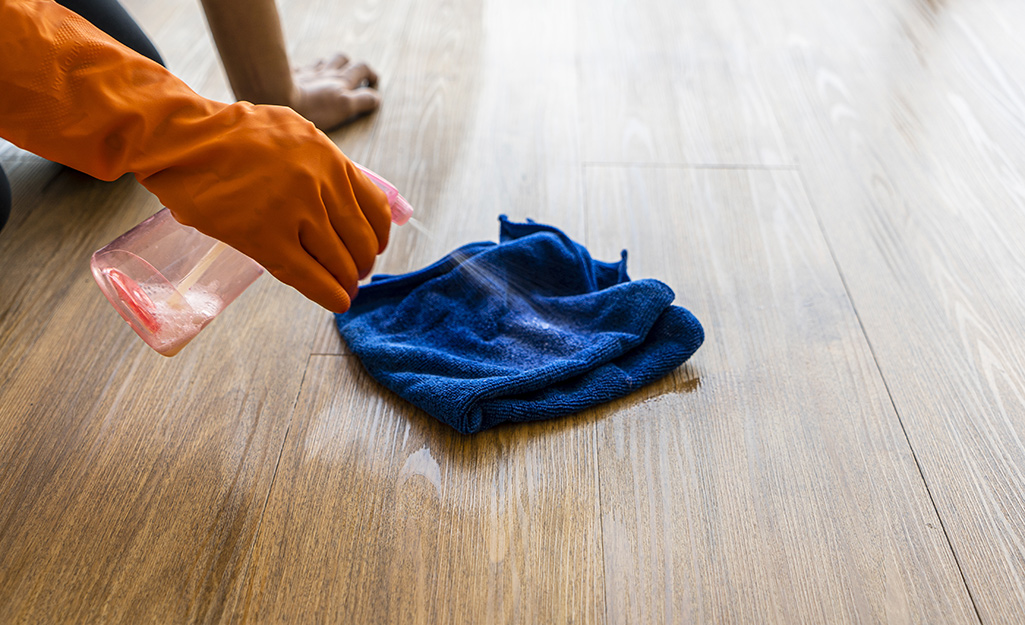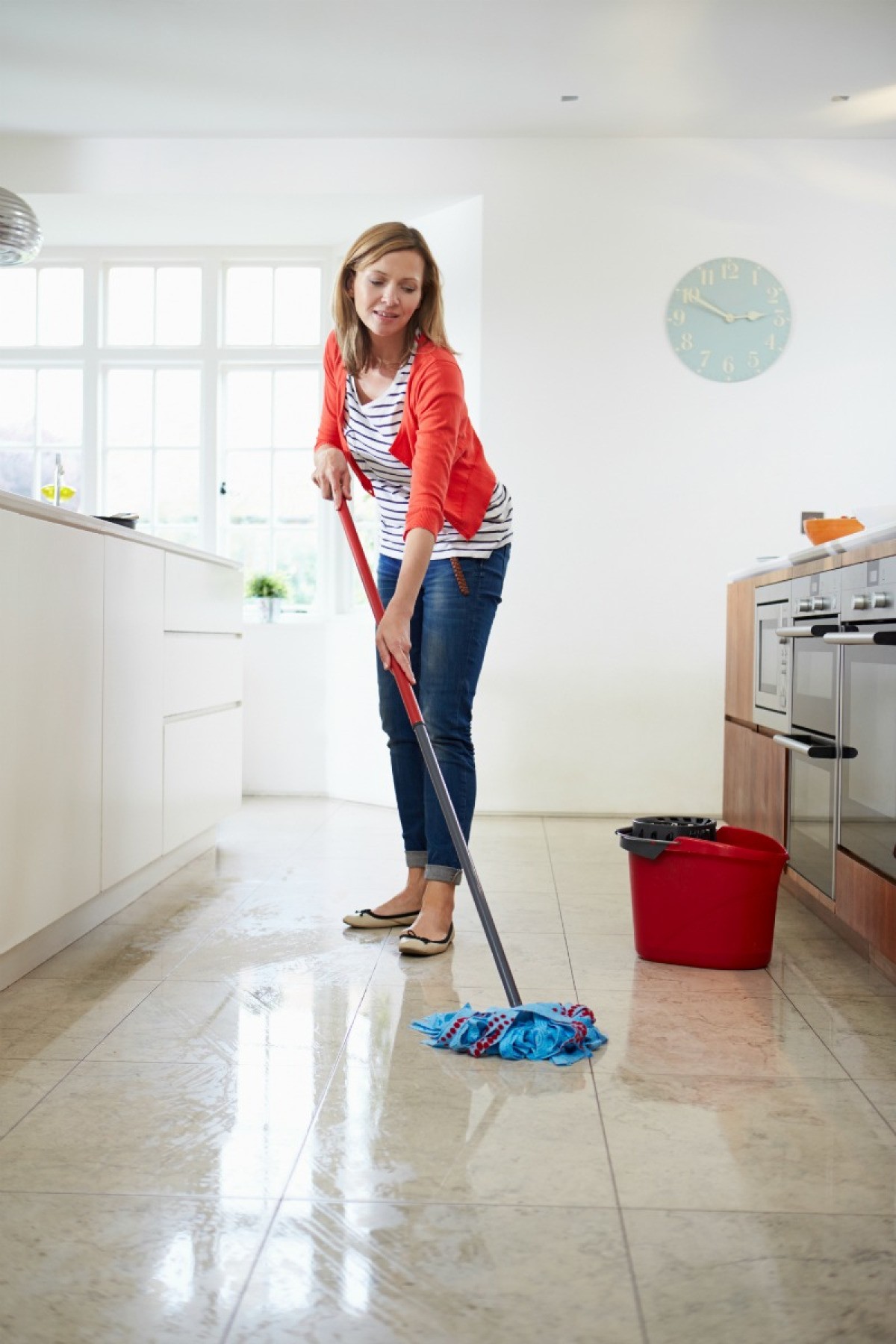Bamboo Flooring Review: Cons as well as pros
Bamboo Flooring Review: Cons as well as pros
Blog Article
Each person maintains their unique opinion with regards to Luxury Vinyl Care & Maintenance.

Bamboo flooring is popular for many homeowners as a result of its advantages. It is resilient and readily available in numerous colors, from light blond to rich espresso. It can be subject to staining to match any kind of decoration. Hence it has actually ended up being the significant choiced flooring for organization and also house owners whenever there is need for sustainability.
Bamboo simply like wood, is prone to dents and also breaking when moisture degrees change.
Are you thinking about bamboo flooring for your home? We will additionally go over the different kinds of bamboo flooring available on the market.
Sorts Of Bamboo Flooring
There are three standard options: strand-woven, upright, as well as horizontal. House owners can pick which sort of bamboo flooring to purchase based on their qualities. Likewise, the customer's designated visual influences the picked Bamboo flooring kind.
Engineered Bamboo Flooring
Both strong and crafted bamboo flooring choices are readily available. As soon as the bamboo wood fits, it isn't easy to distinguish between them.
However their differences are because of their production. Crafted bamboo wood has a thin plywood support.
Yet, whether engineered or strong, bamboo flooring is durable, resistant, and attractive.
Engineered bamboo flooring uses the floating timber flooring over a thin foam base. They may likewise remain in the form of vast planks. For instance, they are available in widths as much as 19 centimeters.
Strong - Straight Bamboo Flooring
You will certainly observe that this kind is virtually the same as upright bamboo flooring. Yet it has a small variation. Straight bamboo is one of one of the most prominent types of bamboo flooring.
It is made by drying significant strips of bamboo, slicing these larger items right into thinner strips, and after that gluing them to form planks. The boards will certainly then undergo stress and warmth to ensure they are well secured.
Natural bamboo has a lighter color. While carbonized bamboo will certainly be less tough than regular bamboo, if you require a darker color, it may do you excellent.
Strand Woven Bamboo Flooring
Shredding the bamboo to extract the fibers is among the more enticing steps in creating strand-woven bamboo floorings.
The bamboo fiber is typically blended with a sticky after it's made to a pulp. The material is then weaved as well as pressed together under terrific warm, as the name suggests.
After making straight as well as vertical bamboo, the strips offer to produce strand woven bamboo. The eco-conscious buyer may locate this function appealing. The reason is that it guarantees that the whole bamboo stalk creates really little waste.
Strong - Upright Bamboo Flooring
Thin strips of dry bamboo timber glued vertically as well as pushed making use of high heat and also stress produce this kind of bamboo flooring.
The thinnest side of the bamboo slabs will certainly remain in an upright kind. A company bonding, pressing, as well as lamination will certainly adhere to. Due to their approach of joining, the bamboo strips feature a slim grain pattern.
The advantage about this sort of bamboo flooring is that it is really budget friendly and also long lasting. Additionally, it gives a sophisticated and also classy floor coating. However it is not commonly available.
Features And What to Remember When Choosing Bamboo Flooring
With a multi-layered finishing, bamboo flooring will be quite resilient. Maintain in mind that future touch-ups could require a more proficient flooring specialist.
Using your finish will make matching repair work easier when set up in your house. The finish will not last as long as factory surfaces.
Besides that, below are some amazing attributes of bamboo flooring.
Eco-Conscious
This flooring originates from an all-natural plant called the bamboo plant. When contrasted to other tree species made use of to make wood flooring, bamboo expands even more and much faster.
Cheap Maintenance
You can maintain bamboo flooring in good condition by cleansing as well as damp wiping. So in spite of being extra prone to scratches, bamboo flooring is extremely basic to maintain.
You may get bamboo floors that are like brand-new by sanding them down and applying a fresh layer of paint.
Sturdy
Bamboo flooring is not produced equal. There are several kinds of bamboo, and also the numerous methods utilized to turn it right into slabs impact its sturdiness.
Thus, bamboo, like wood flooring, can become prone to deterioration in time. Also, damaging, fracturing, and also various other wear and tear might take place. You can also sand some bamboo to resemble hardwood, yet not all.
Profits
It's simple to recognize why bamboo flooring has actually become extra well-liked nowadays. For virtually any type of house, bamboo supplies numerous strong and audio remedies for the atmosphere. Bamboo floor could be the finest alternative for upgrading your flooring.
We will certainly additionally talk about the various types of bamboo flooring available on the market. Home owners can select which type of bamboo flooring to acquire based on their qualities. Horizontal bamboo is one of the most prominent types of bamboo flooring.
While carbonized bamboo will certainly be less tough than regular bamboo, if you require a darker shade, it may do you good. After making upright and horizontal bamboo, the strips offer to develop hair woven bamboo.
Bamboo Flooring
Manufacture of Bamboo Flooring
Stranded bamboo is made by shredding the bamboo stalks into small strands, which are compressed into sheets using heat and resin binders, then cut into planks to use as building materials. This form of flooring is available both as tongue-and-groove planks that are nailed down, as well as planks that float over the underlayment. This is a premium form of bamboo flooring, available in many colors.
Horizontal bamboo flooring is manufactured by cutting the strands into thin strips which are then glued together to form planks. This type of flooring has a "grain," since the long stalk fibers are visible in the flooring. This type of bamboo is not as hard or durable as stranded bamboo, but it can have a very striking appearance. It, too, is available both in nail-down planks and as floating floor planks.
Engineered bamboo flooring is made by bonding a thin layer of bamboo onto a plywood or MDF core. This flooring is comparable to engineered hardwood and is installed in the same way—usually with click-lock planks that float over a foam underlayment. It is the least expensive (and least durable) form of bamboo flooring, and it cannot be refinished.
Unless it is stained, most bamboo flooring has a natural blonde or amber color that resembles unfinished maple or birch, but darker tones are available through a process called carbonizing, which entails subjecting the planks to high temperatures. While the color can be very attractive, carbonized bamboo is softer than uncarbonized forms, and is more susceptible to scratching.
Eco-Friendliness
Environmentally conscious consumers are often drawn to bamboo as a wholly renewable resource. Unlike the hardwood lumber industry, where trees can take decades to mature, bamboo stalks grow so fast that there is little environmental liability to the harvest practices. Moreover, bamboo stalks that are cut simply continue to grow and replenish themselves so that they can be harvested.
But the manufacturing process creates other environmental concerns. Bamboo floor planks are manufactured by slicing or shredding the stalks of bamboo grass plants and then compressing the pulp back together using heat, pressure, and a resin-based adhesive identical to those used in many other flooring products. This adhesive often contains urea-formaldehyde that can outgas into the air.1
The level of adhesive used and the amount of toxins emitted will vary, depending on how the bamboo planks are manufactured. Cheaper products may contain more formaldehyde, while more expensive products may use alternative materials in the resins. The amount of formaldehyde used in bamboo flooring is similar to that found in engineered hardwood flooring or MDF sheathing, and it tends to be a problem only for sensitive individuals.2 But if this concerns you, look for bamboo products labeled as formaldehyde-free.
Bamboo Flooring Cost
This material is priced at about the same level as most hardwood floors. You can find bamboo flooring products ranging from about $2 to $8 per square foot, with a national average of $3.84 per square foot. Installation costs for bamboo flooring are much the same as for hardwood flooring. On average, figure on adding about $4 per square foot for installation labor in addition to the cost of materials. You should be able to get a good-quality bamboo installed for less than $10 per square foot, including materials and labor.
https://www.thespruce.com/benefits-and-drawbacks-of-bamboo-floors-1314694

As a passionate reader on How to clean and maintain vinyl flooring, I imagined sharing that information was essential. Enjoyed our review? Please share it. Let others check it out. Bless you for your time. Visit us again soon.
Report this page